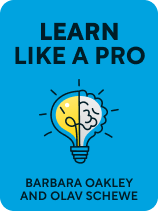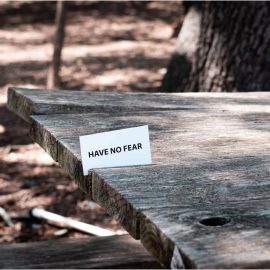

This article is an excerpt from the Shortform book guide to "Learn Like a Pro" by Barbara Oakley and Olav Schewe. Shortform has the world's best summaries and analyses of books you should be reading.
Like this article? Sign up for a free trial here.
What are the best ways to make notes and then use them to study? What methods will help you internalize the material?
Barbara Oakley and Olav Schewe are experienced educators and learning experts who struggled to learn in the past. In their book Learn Like a Pro, they provide practical tips for excelling in academic settings so you can become a better learner for life.
Read more to learn how to make notes for studying that will help you learn and recall the material more effectively.
How to Make Notes for Studying
To get the most out of note-taking, use engaging ways to take them, organize them, review them, and use them as study tools. The authors detail the following recommendations for how to make notes for studying.
#1: Take notes with the dual-column method. Divide your note page into two parts with a vertical line down the center. Capture the key concepts on the right side and summarize them on the left using short phrases. When reviewing your notes, cover up the right side and try to recall the meaning from the summary words. This method helps you understand the structure of ideas and retain the information better.
#2: Use mind mapping to organize your notes. Mind maps are visual representations of topics. A typical mind map starts with a central idea or concept and branches into related ideas connected with lines, colors, and images.
#3: Use active recall to review your notes. Review your notes the same day you write them and again the next day. Practice with them using active recall strategies like flashcards. The authors assert that the process of reviewing your notes is more important than the process of note-taking itself. Active learning like this helps build longer and stronger neural connections. You’ll absorb far more information than when you engage with materials more passively.
Active recall helps you internalize concepts. The authors say that you haven’t really learned if you can’t retrieve something from your memory and that, when you pull information from your memory, you help solidify it in your long-term memory. Active recall can also give you real-time feedback on how well you’re absorbing new information.
(Shortform note: Many different note-taking strategies can help you capture ideas, organize them, and retain the information—for example, Jim Kwik in Limitless asserts that the first step in effective note-taking is to clarify what you’re interested in learning (or what you must learn) from the material you are studying. In other words, identify your goal in studying that specific material and then take notes based on that goal. Like Oakley and Schewe, Kwik also recommends reviewing your notes, and he suggests adding highlights and additional notes to the original ones to actively engage with them and spotlight key points.)

———End of Preview———
Like what you just read? Read the rest of the world's best book summary and analysis of Barbara Oakley and Olav Schewe's "Learn Like a Pro" at Shortform.
Here's what you'll find in our full Learn Like a Pro summary:
- Proven techniques for mastering new skills and knowledge quickly
- How to improve your memory, increase your focus, and manage your time
- Practical tips for how to excel in academic settings






